- Luciferin
- 2024
- Under Vasabron
- University Collaboration
Through this light and sound installation, visitors can immerse themselves in the world of bioluminescence by exploring and interacting with a multisensory space with their body, becoming bioluminescent themselves.
The artwork Luciferin is inspired by the 2008 Nobel Prize in Chemistry to Osamu Shimomura, Martin Chalfie and Roger Y. Tsien for the discovery and development of the green fluorescent protein, GFP.
Shimomura’s research on bioluminescence, the phenomenon where chemical reactions within living organisms produce light, involved studying the glowing jellyfish Aequorea victoria. From this jellyfish, he successfully isolated GFP, a fluorescent protein.
Various organisms, either flying in the air, living in the oceans, or sprouting from the ground, can glow. This quality has been proven to be replicable in laboratories. Finding the key to how a marine organism produces light unexpectedly, provided researchers with powerful tools to visualize cellular processes in action.
LUCIFERIN explores the phenomena of bioluminescent light with inspiration from deep sea creatures such as the jellyfish Aequorea victoria, the fish Plainfin Midshipman, and the plankton Alexandrium Ostenfeldii. Each of these creatures has evolved unique survival strategies to thrive in the extreme darkness and high-pressure environment of the deep ocean. Bioluminescence is one of their most vital adaptations.

- Michael Forsberg - NAVET (KTH, SKH and KMH)
The installation is created in collaboration between three Stockholm universities; KTH (Royal Institute of Technology), SKH (Stockholm University of the Arts), and KMH (Royal College of Music), part of KTH NAVET Center, a multidisciplinary research hub, in collaboration with Costanza Julia Bani’s artistic research project All what Flickers and Glows.
SKH students:
Michael Forsberg, Lars Bomanson, Emilia Sundberg
KMH students:
Roya Naini, Vera V Almgren, Simon Hansson, Leo Boden
Supervisors:
Costanza Julia Bani (SKH), Roberto Bresin (KTH), Kim Hedås (KMH), Federico Favero (KTH), Foteini Kyriakidou (KTH)
